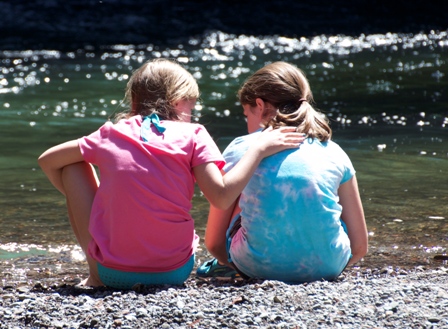Going social for Alzheimer’s research
by Jim Cirigliano in Drug Discovery News
published January 10, 2014
NEW YORK—The Alzheimer’s Drug Discovery Foundation has announced a new program that will provide a searchable online marketplace for academic and small biotech researchers seeking contract research organizations (CROs) that provide drug discovery and development services. The program, called ADDF ACCESS, links small biotech and academic research communities to a network of more than 130 CROs that provide industry standard services for central nervous system (CNS) indications.
The program also includes access to drug discovery experts who can provide help in selecting from among the CROs, as well as guidance on the drug discovery process. Registration for the ACCESS program is free.
“The ADDF is regularly approached by scientists in academia and small biotech to provide recommendations for contract research organizations and to provide advice in navigating this sector of the life sciences industry,” says Dr. Rachel Lane, assistant director of scientific affairs at the Alzheimer’s Drug Discovery Foundation. “ADDF ACCESS provides a go-to resource of CROs working in the CNS space and provides guidance on selection and management of CROs.”
CROs have become vital partners for drug discovery and clinical development among programs conducted by academia and small biotech firms that often run on virtual models, Lane notes. CROs are able to offer external validation of data, clinical lab environments that are industry regulated, and drug development expertise.
In addition, CROs have proven valuable to the pharmaceutical industry and private equity groups who use them. Large pharmaceutical companies have developed the means of identifying and managing CRO networks of their own, but academia and small companies typically lack access to these networks or lack the experience to navigate them or use their services effectively.
In addition to providing academic and small biotech researchers access to a selection of CROs, the ADDF program has also negotiated discounted pricing with several of the vendors in the network. Some CROs in the network will provide their services at discounted rates to investigators who are referred through the ACCESS program.
Although the marketplace is not currently a list of “preferred” vendors, the ADDF and a team of consultants are working to perform due diligence on the CROs included in the network. The ADDF has created educational materials designed to guide researchers through best practices for selecting a vendor and managing a CRO contract.
The ADDF is also working to expand the network in the future and has begun building a consortium of nonprofit partners that includes scientists working on many neurodegenerative diseases. BrightFocus Foundation and Beyond Batten Disease Foundation have provided partnership support for the program’s expansion so far, and the ADDF hopes to reach an even broader, multidisciplinary community.
The next step for the program is the completion of its social media platform—a community feature of the site that will allow researchers to relate their experiences with the network of CROs to one another and to engage in an online forum.
“The community feature will provide an online discussion platform and social networking tool to allow users to provide objective feedback on CROs, facilitate discussions on emerging trends in drug discovery for neurodegenerative diseases, allow users to follow companies and create networks of researchers to promote the formation of interdisciplinary teams across CNS therapeutic areas,” says Lane.
The ADDF also looks to continue doing due diligence on the companies in its network to ensure that they are properly categorized according to their core competencies. Looking somewhat farther into the future, the ADDF anticipates developing a platform to highlight promising drug discovery programs within the ADDF portfolio that are available for partnering or licensing opportunities.
The Alzheimer’s Drug Discovery Foundation’s mission is to accelerate the discovery of drugs to prevent, treat and cure Alzheimer’s disease, related dementias and cognitive aging. The ADDF provides funding for drug discovery and clinical development programs in academia and biotechnology companies via a venture philanthropy approach, with funding spanning the translational space from preclinical development through Phase 2 clinical trials.
The ADDF regularly partners with other foundations and industry to leverage resources and funding for its programs. The ADDF has granted nearly $60 million to fund 400 Alzheimer’s drug discovery programs and clinical trials in academic centers and biotechnology companies in 18 countries.
http://www.ddn-news.com/index.php?newsarticle=8044

